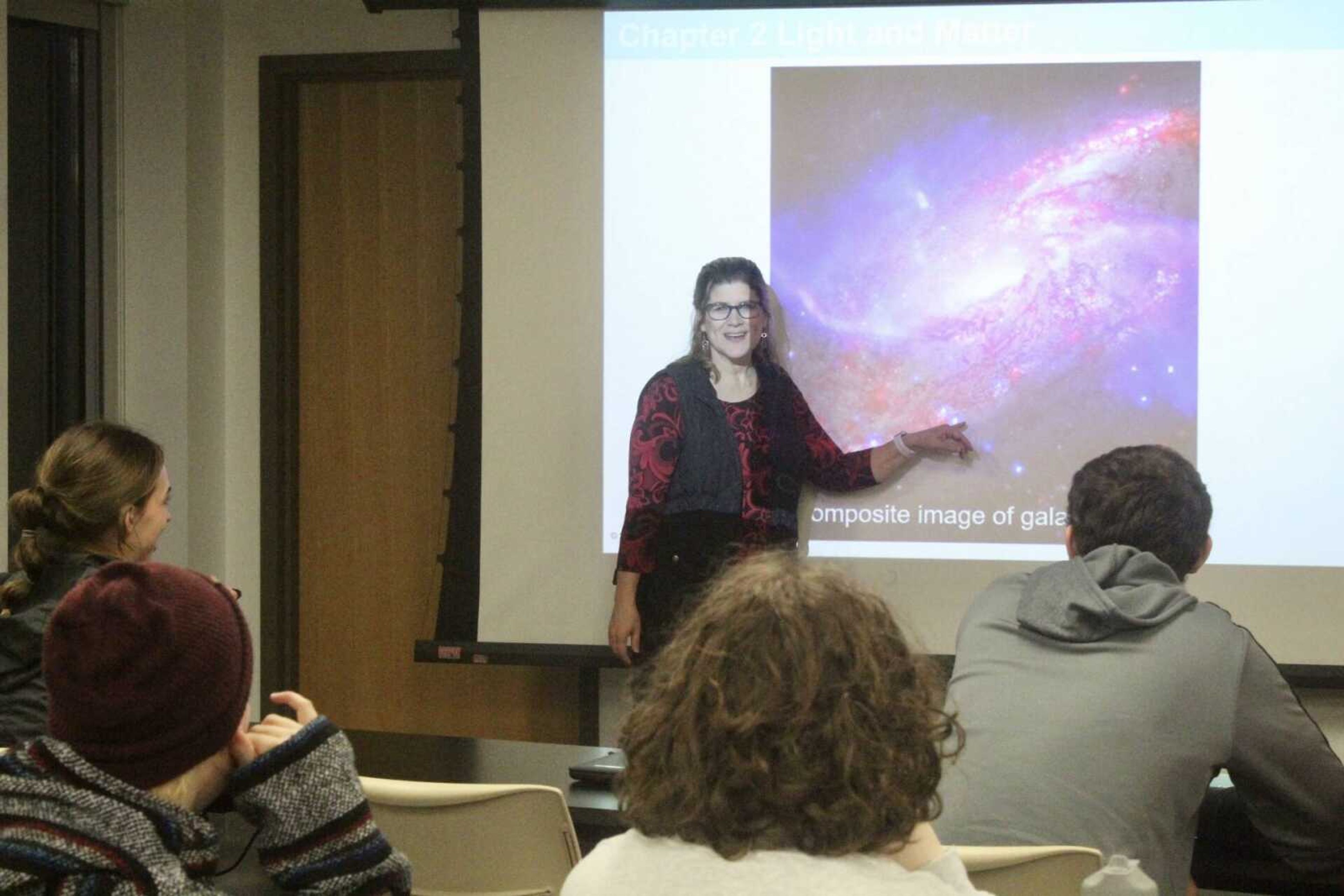The fields of science, technology, engineering and math (STEM) were dominated by men in the past. However, in more recent times the amount of women in STEM related fields have begun to skyrocket.
According to an article by NationalToday, “Over the past two decades, women have been more likely to receive an undergraduate degree than their male counterparts. Despite this accomplishment, women earned degrees in STEM at half the rate of male counterparts.”
The article by NationalToday also stated that this caught the attention of the United Nations and caused them to declare the national day.
Women and girls in Science are celebrated on Feb. 11 with the ‘International Women and Girls in Science’ day.
SEMO adjunct faculty member Christina Adair said one time when she was in a meeting, she explained how she thought women did not go into the field because they were intimidated, but her peer thought it was because it was ‘beneath them’, or made them be seen as nerdy. As women, they both had completely different outlooks into why women may not be as attracted to science.
“I think it is important for women to be in science because if it is something they are passionate about and like they should pursue it,” Adair said. “[Women] also have different ways of looking at stuff. In fact, women have been helping in subjects like Astronomy since the 1800s.’
According to an article by the United States Census Bureau, only 8% of STEM workers in the 1970’s were women. In comparison, 27% of STEM workers were women in 2019.
An article by AAUW stated there are a few key factors that perpetuate gender STEM gaps. These key factors consist of gender stereotypes, male-dominated cultures, fewer female science role models and math anxiety.
Sophomore wildlife conservation major Samantha Eggemeyer said being a woman in Science at SEMO has opened a lot of opportunities for her.
“An example [of the opportunities] would be with the Astronomy Club at SEMO. The entire board is all women and I feel that is something you don’t see a lot — something dominated by women, run by women,” Eggemeyer said.
According to the SEMO website, SEMO offers over 40 undergraduate science majors.
Sophomore environmental science major Brianna Mills says she loves her major because she gets to study a variety of different subjects.
“In environmental science you get to take any science class you can think of. I really like to be able to become knowledgeable in a bunch of different areas instead of just focusing on one topic like biology or chemistry,” Mills said.
Mills also had some advice for girls wanting to join the Science field.
“Definitely do it. If it is even a thought in your mind, don’t be afraid to do it. It can be difficult, but it is also very rewarding and I have gotten so many opportunities from simply doing what I enjoy,” Mills said.




